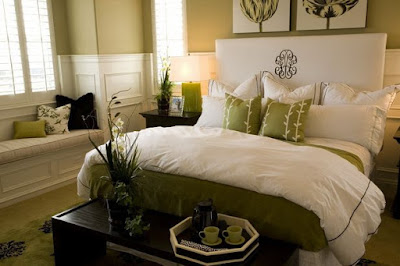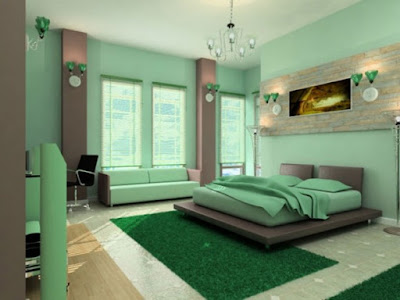Choose Paint Colors With an Open Floor Plan
 Choosing paint colors in an open floor plan can be somewhat of a challenge. Deciding on any paint color is an important expression of individuality. In an open floor plan, you also need to ensure that not only is your personal taste being reflected, but that all the colors you choose complement one another. You need to consider things such as creating clear delineation between spaces, and making small spaces feel larger, as open floor plans are often found in small spaces such as studio apartments.
Choosing paint colors in an open floor plan can be somewhat of a challenge. Deciding on any paint color is an important expression of individuality. In an open floor plan, you also need to ensure that not only is your personal taste being reflected, but that all the colors you choose complement one another. You need to consider things such as creating clear delineation between spaces, and making small spaces feel larger, as open floor plans are often found in small spaces such as studio apartments.Determine your primary objectives for the space. For example, you may wish to make a small studio apartment with an open floor plan seem larger. Or, you may wish to create separate, clearly defined areas within a room, such as delineating between a sleeping and a living area. In a larger room with an open floor plan, you may simply wish to create a feeling of unity throughout the space.
Explore the space. Walk across the entire floor plan, observing how it appears from each angle. Note which areas you can see from each spot, so you have an idea of which areas need to be painted to complement one another.
Choose your primary paint color. This will be the color for the largest, main or most predominate area of the room. If you wish to make a small room seem more expansive, only use one, light paint color throughout the entire space.
Choose your additional paint colors, picking them specifically to complement or coordinate with your primary color. As you choose additional colors, keep in mind which areas you can see from other places to make sure that none of the colors visible in a space clash with one another.
There are many ways to choose a color scheme that works. A complementary scheme uses two colors opposite one another on the color wheel, such as red and green or yellow and violet. Because there is a strong contrast between complimentary colors, rooms using this color scheme are bold. A triad color scheme uses three colors of equal distance to each other on the color wheel are used, such as a red, yellow and blue combination or purple, blue and green. An analogous scheme uses colors next to each other on the wheel, and a monochromatic scheme uses the same color in varying shades, tints or tones.
For a smaller space, analogous and monochromatic schemes work well. For a bold look, try complementary colors.











Comments
Post a Comment